-
Posts
77 -
Joined
-
Last visited
Content Type
Profiles
Forums
Gallery
Events
Posts posted by Nightquest1000
-
-
Hi,
I am looking for the rig used to launch and recover a ship's boat.
I am in the process of building L'Artisien, a French 64 twodecker around 1770, and want to show the ship setting out a boat.
Tom
-
Hi all,
maybe I've overlooked it, I didn't seem to find anything.
How exactly does the rigg for a hove-to manoevre look in the 18th ct ?
Hove-to describes the setting out or hauling in a ship's boat.
I would love to have a detailed layout.
thanks for helping
best regards
Tom
-
-
Hi all,
it's been a while, but the festive season kept my quite busy and there was Little time to relax in the Workshop.
Just a quick update.
The inner gunportframes are all in, the two halfes have been joined together and I have loosely fitted the gundeck base.
Next step is to install the final gunportframes.
best
Tom
- reilly, NMBROOK, GrandpaPhil and 3 others
-
 6
6
-
-
-
-
Hi all,
I wanted to let you know about my experience with the use of basswood for miniature carving.
Quite a lot of modellers, including myself, entertain the prejudice, that basswood is not very good for miniature carving. Instead, the only timber to go for, are all sorts of short-grained, hard-growing fruit varieties.
Not true.
I have a carving mentor, who lives near the alps. 1 hour driving time. Every now and then I visit him for a lesson.
The typical alpine carving style is what he does for a living. Nativity scenes and that sort of thing.
But sometimes he does miniatures, just to push the borders and see what's possible.
From that, from practicing with basswood, I can tell you, basswood is perfect for miniature carving. Especially, if you plan to gild, or paint it.
It is not as hard as the fruit timber, but still holds tiny edges. It is worked with normal, small carving tools. You need to keep them in a pristine sharp condition.
But you do not have to invest in expensive high quality dental burr equipment, if you don't want to.
This also means you can finish figures much faster than working the much harder fruits, like pear or box.
I am attaching a picture of a quadriga, my mentor did. That's his smallest so far. The groundplate is much smaller than my palm. Again, no dental burrs, only knives and traditional miniture carving tools.
Tom
-
Hi Nigel,
apple is a treat to work with, very similar to swiss pear. Good für planking, beams and even carving. It holds tiny edges as good as pear or boxwood.
The natural color of apple i very nice and can vary.
Another excellent wood for miniature carving is plum. It has the same characteristics as pear or apple, but has a much wider variaty of colours.
Very nice when doing carvings in 1/48. Especially if you don't want to guild or paint it, but leave it natural. It can flare up with nice surprises within one figurehead. Blue-ish grain areas, for instance. Very beautiful.
best
Tom
-
Nigel,
for me, it is exactly the other way 'round. I have no idea how he makes the nails...


Tom
-
-
-
-
Hi Chris,
impressive Job for a beginner. I also like your paintwork.
best regards
Tom
-
-
Hi all !
The galley hearth is completed. It was a joy to build. The brick construction was encased in wooden walls, which were reinforced with St. Andrew crosses. It sits under the forecastle together with the swinging galley kitchen.
Bit of a shame, you see the side walls, when looking from the maindeck under the forecastle. Maybe it is possible to see a bit inside the hearth when you look at a slightly diagonal angle. Or through a gunport. Remains to be seen.
-
-
-
-
Hi all,
the Brick-work now darkened and aged.
I use water-soluable powder colours for this kind of work. In this case I used dark red, brown and black.
Apply a very thin wash of red and brown, repeatedly until you are satisfied with the appearance. Don't make it too even.
Then let it dry and apply some dark aereas with a mix of black and browm. Just the colour, no water. You probably heard of the dry-paint-method. You need a stiff brush to apply the colour. Again, randomly in various places and try to blend out.
Tom
-
-
Hi Nigel,
you are a very good observer
 And yes, you are of course right. You end up doing the work twice.
And yes, you are of course right. You end up doing the work twice.But, there is a big but, with an inner frame, that you can fair off inside and outside, you have a perfect base to work from.
My approach is a bit different, as I am using 2mm for both, the inner lining and the final framing in walnut.
This provides a bit of "flesh" for a nice overlap of the planking.
cheers
Tom
-
Michael,
well, I was impressed. You have to get the hang of it, then you are able to maintain a good straight line. At last, over the short distances of a gunport-width. Minimal tear on the under/backside.
I wouldn't use it for longer cuttings though, as the narrow blade will definately not cope well with a long straight line, and, as mentioned before, the blades grind down fairly quickly. Re-sharpening is ample.
Tom
-



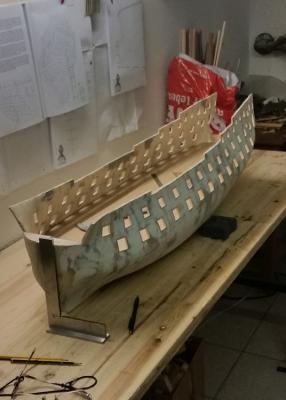
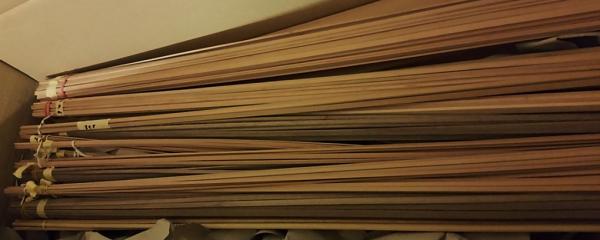
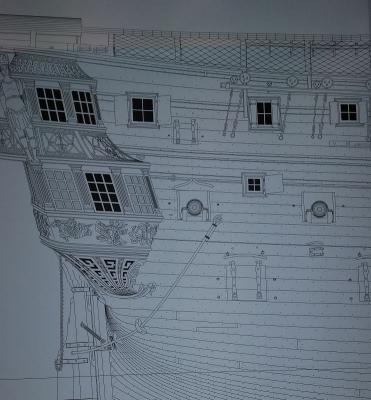
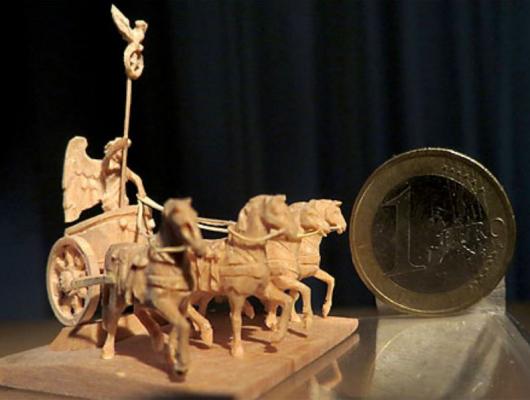
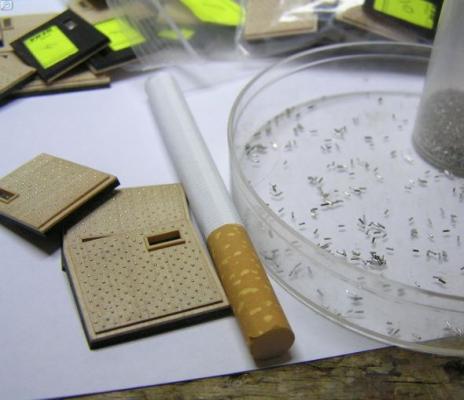
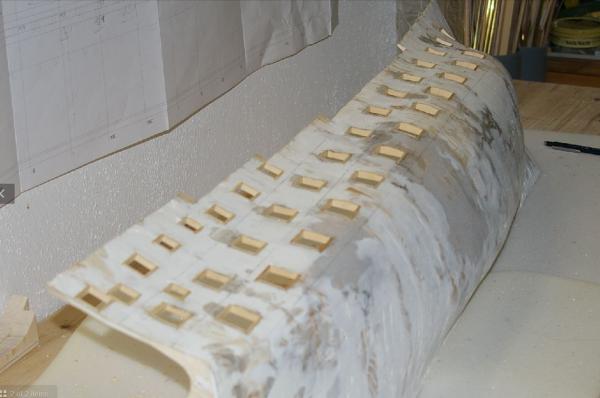
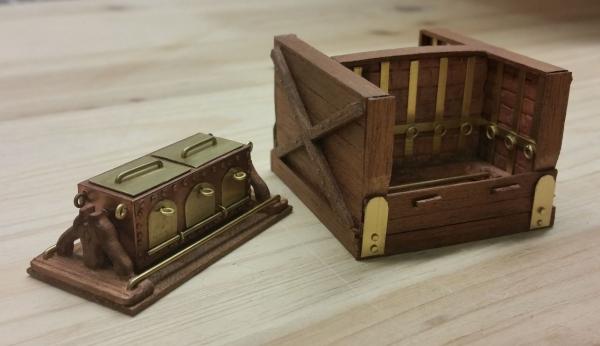
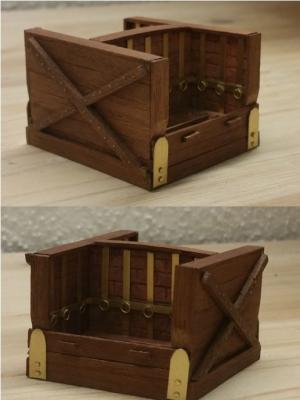
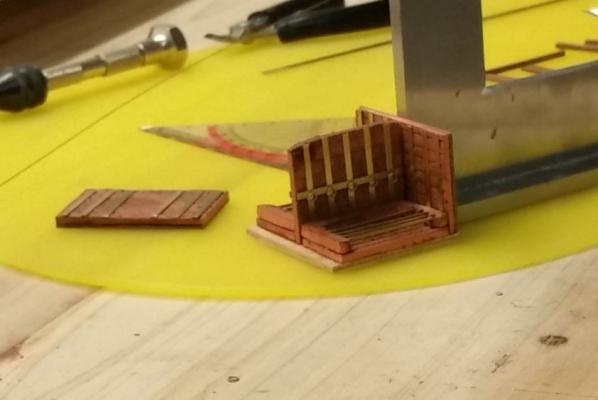
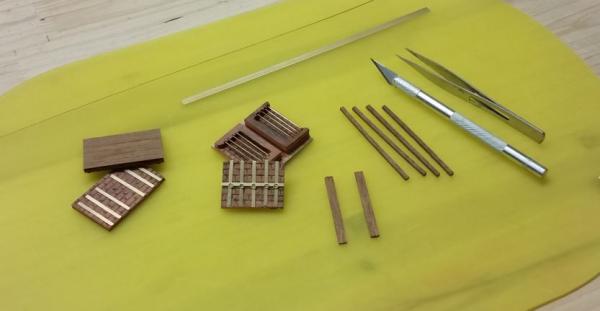
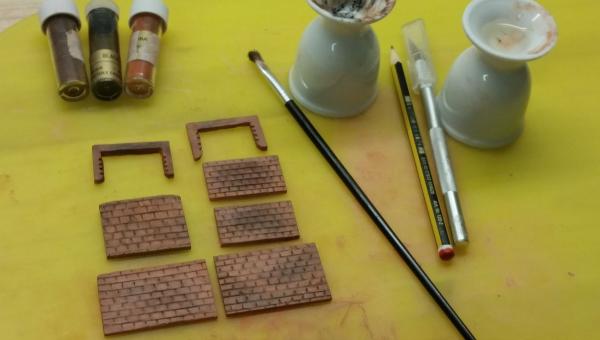

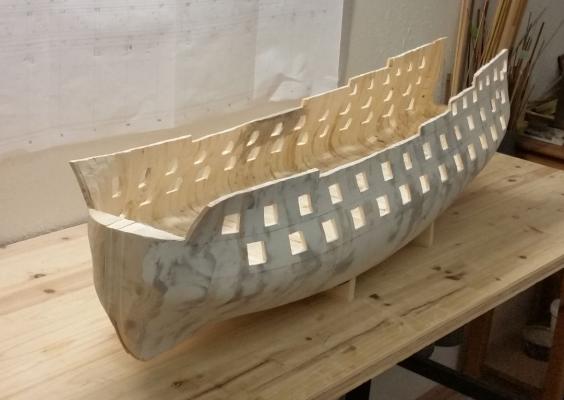
How exactly does the rig for a hove-to maneuver look in the 18th ct ? (edited by admin)
in Masting, rigging and sails
Posted
Henry,
AMAZING !!!
exactly what I was looking for!
Thank you very much for your help. Much appreciated !
Greetings from Bavaria
Tom